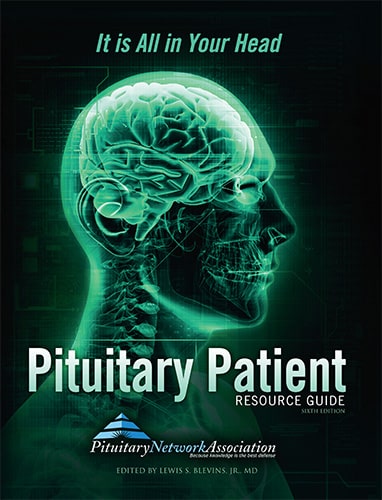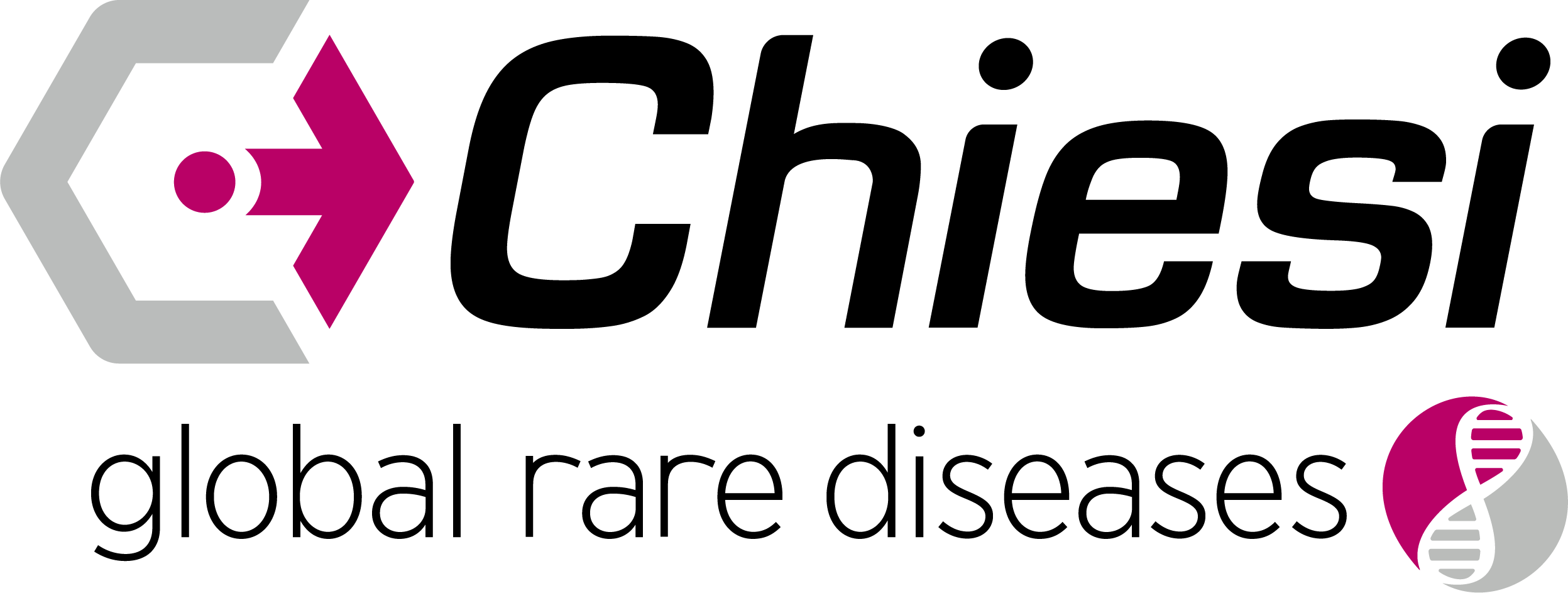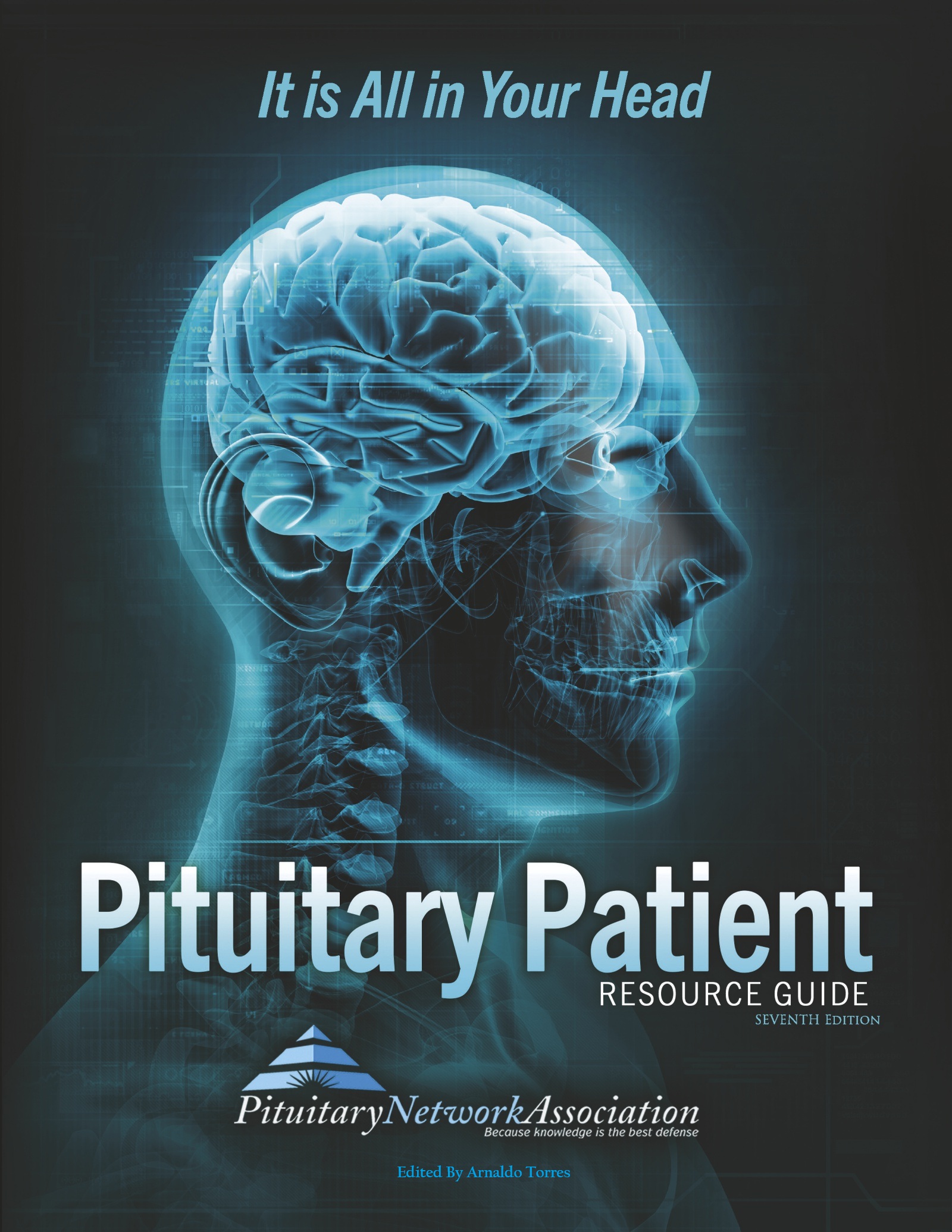News Articles February 2022
Written on 04 February 2022.
Who Sponsors Clinical Trials?
Clinical trials are sponsored by: government agencies such as the National Institutes of Health (NIH); pharmaceutical companies; individual physician-researchers; health care institutions such as health maintenance organizations (HMOs); and companies that develop medical devices or equipment. Trials can take place in a variety of locations, such as hospitals, universities, doctors’ offices, or community health clinics.
What Is A Clinical Trial?
A clinical trial is a research study designed to answer specific questions about new therapies, diagnostic tests, screenings, and disease prevention by testing new procedures in people. Clinical trials (also called medical research and research studies) are used to determine whether new drugs or treatments are both safe and effective. Carefully conducted clinical trials are the fastest and safest way to find treatments that work.
Ideas for clinical trials usually come from researchers. Once researchers test new therapies or procedures in the laboratory and get promising results, they begin planning trials to test the therapy in people. New therapies are tested on people only after laboratory and animal studies show promising results.
What Protections Are There For People Who Participate In Clinical Trials?
Every clinical trial in the U.S. must be approved and monitored by an Institutional Review Board (IRB) to make sure the risks are as low as possible and are worth any potential benefits. An IRB is a committee of physicians, statisticians, patient advocates, and others that ensures that a clinical trial is ethical and the rights of study participants are protected. All institutions that conduct or support medical research involving people must, by federal regulation, have an IRB that initially approves and periodically reviews the research.
What Is Informed Consent?
Informed consent is the process of learning the key facts about a clinical trial before an individual decides whether or not to participate. When an individual is considering joining a clinical trial, the research staff will provide informed consent documents that include details about the study. But informed consent is more than just signing a form. It is a continuous process, with the research team providing information throughout the course of the trial. Since joining a clinical trial is an important decision, people are encouraged to discuss all their questions and concerns with the research team before deciding whether to participate.
What Are Clinical Trial Phases?
Clinical trials of experimental drugs proceed through four phases:
- In Phase I clinical trials, researchers test a new drug or treatment in a small group of people for the first time to evaluate its safety, determine a safe dosage range, and identify side effects.
- In Phase II clinical trials, the study drug or treatment is given to a larger group of people to see if it is effective and to further evaluate its safety.
- In Phase III studies, the study drug or treatment is given usually to large groups of people to confirm its effectiveness, monitor side effects, compare it to commonly used treatments, and collect information that will allow the drug or treatment to be used safely.
- Phase IV studies are done after the drug or treatment has been marketed. These studies continue testing the study drug or treatment to collect information about its effect in various populations and any side effects associated with long-term use.
What Is A Protocol?
All clinical trials are based on a set of rules called a protocol. A protocol describes the criteria for participation; the schedule of tests, procedures, medications, and dosages; and the length of the study.
Can A Participant Leave A Clinical Trial After It Has Begun?
Yes. Participants can leave a clinical trial at any time.
What Are The Benefits And Risks Associated With Clinical Trials?
There are both benefits and risks associated with clinical trials. By participating in a clinical trial, a person may benefit by:
- Helping others by contributing to medical research.
- Gaining access to new treatments that are not available to the public.
- Obtaining expert medical care at a leading health care facility during the trial.
Clinical trials have risks or drawbacks:
- There may be side effects or adverse reactions to medications or treatments.
- The treatment may not be effective for some individuals.
- The protocol may require a lot of time for trips to the study site, treatments, hospital stays, or complex dosage requirements.
October 2022 Research Articles
Acromegaly
Association of Pathology Markers with Somatostatin Analogue Responsiveness in Acromegaly.
Pituitary Tumors
Persistent Hypokalemia Induced by an Intracavernous Ectopic Pituitary Neuroendocrine Tumor.
The AKT/mTOR Signaling Pathway Was Mediated through the LINC00514/miR-28-5p/TRIM44 Axis.
Pituitary Surgery
The role of stereotactic radiosurgery in the multidisciplinary management of pituitary metastases.
Surgery as a first-line option for prolactinomas.
Pituitary Apoplexy
Hormonal Health
Sex differences in cognition following variations in endocrine status.
Obesity, overweight and pituitary stalk interruption syndrome in children and young adults.
November 2022 Research Articles
Pituitary Tumors
Samee NA, Mahmoud NF, Atteia G, Abdallah HA, Alabdulhafith M, Al-Gaashani MSAM, Ahmad S, Muthanna MSA.Diagnostics (Basel). 2022 Oct 20;12(10):2541. doi: 10.3390/diagnostics12102541.
Prognostic Factors for Invasiveness and Recurrence of Pituitary Adenomas: A Series of 94 Patients.
Stefanidis P, Kyriakopoulos G, Seretis AM, Korfias S, Theocharis S, Angelousi A.Diagnostics (Basel). 2022 Oct 5;12(10):2413. doi: 10.3390/diagnostics12102413.
Classification of Brain Tumor from Magnetic Resonance Imaging Using Vision Transformers Ensembling.
Tummala S, Kadry S, Bukhari SAC, Rauf HT.Curr Oncol. 2022 Oct 7;29(10):7498-7511. doi: 10.3390/curroncol29100590.
Pituitary Surgery
Approach to the patient – disorders of salt and water balance post pituitary surgery.
Brooks EK, Inder WJ.J Clin Endocrinol Metab. 2022 Oct 27:dgac622. doi: 10.1210/clinem/dgac622. Online ahead of print.
Tayebi Meybodi A, Jyung RW, Liu JK.Neurosurg Focus Video. 2021 Oct 1;5(2):V7. doi: 10.3171/2021.7.FOCVID21128. eCollection 2021 Oct.
Tayebi Meybodi A, Liu JK.Neurosurg Focus Video. 2022 Apr 1;6(2):V10. doi: 10.3171/2022.1.FOCVID21257. eCollection 2022 Apr.
Editor’s note: Dr. Liu is a longtime member of the PNA.
Endoscopic endonasal transclival petroclival meningioma resection.
Magill ST, McGahan BG, Carrau RL, Prevedello DM.Neurosurg Focus Video. 2022 Apr 1;6(2):V2. doi: 10.3171/2022.1.FOCVID21209. eCollection 2022 Apr.
Editor’s note: Dr. Prevedello is on the PNA Board of Directors.
Available Now!

The Pituitary Patient Resource Guide Sixth Edition is now available! Be one of the first to have the most up-to-date information. The Pituitary Patient Resource Guide a one of a kind publication intended as an invaluable source of information not only for patients but also their families, physicians, and all health care providers. It contains information on symptoms, proper testing, how to get a diagnosis, and the treatment options that are available. It also includes Pituitary Network Association's patient resource listings for expert medical care.

Xeris Pharmaceuticals is valued member of the PNA










